Hamas attack on Israel points up sheer folly of Australia’s lack of defence capabilities
The gruesome attack shows that even the most alert nation can be shocked. Unlike Israel, Australia is not the least bit vigilant about national defence.
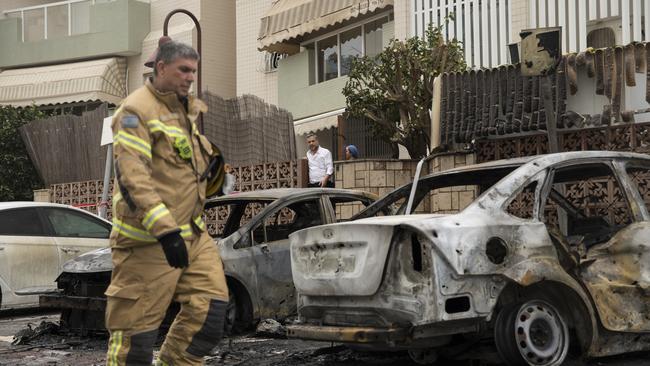
If Australia were attacked tomorrow by a militarily competent power, we would have no ability to defend ourselves. It’s an unlikely prospect but an undeniable, sobering reality.
A competent military attacker would first destroy our air force by missile attacks on Tindal air base in the Northern Territory and Williamtown air base near Newcastle in NSW. Our combat jets are neatly presented for any attacker, the air bases undefended against missiles.
The aggressor will also destroy joint communications facilities and our submarine base at Stirling, near Perth. It will activate smart sea mines it has clandestinely laid around Stirling, making sure any subs that survive the attack on the base can’t put to sea. The attacker might mine other ports.
As to our surface fleet, the attacker only has to worry about our three air warfare destroyers. They can defend themselves against missiles and might survive the first round of missile attacks, maybe even the second. After that the enemy can keep firing missiles or take any other military action it likes. There’s nothing we could do about it.
This scenario can’t happen because the Americans wouldn’t allow it. But we have no ability to defend ourselves. We could easily acquire these capabilities, missiles, missile defences, a formidable surface fleet, more subs and much else. But we’ve decided not to. On defence, the Albanese government is a fraud, just like its Coalition predecessors.
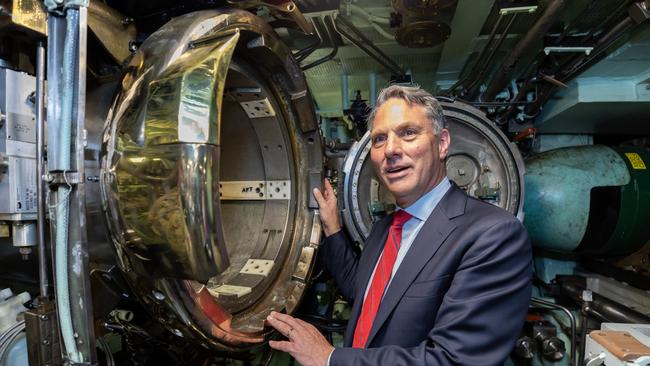
Richard Marles is a failed Defence Minister. It’s tempting to see him as Labor’s Marise Payne, the minister under whom nothing of consequence happens. He presents better than Payne. Under Marles, Defence is more like Seinfeld, the show about nothing.
The Albanese government, aping the Morrison government, has decided the promise of nuclear-powered submarines under AUKUS means it need do nothing else of consequence. Even if AUKUS works, we won’t have that fleet until the 2050s. In the meantime, nothing.
But guess what? The AUKUS subs are already in serious trouble in Washington. There is every chance we’ll never get the nuclear subs and produce instead the characteristic Australian result – no capability at all.
Meanwhile, five government decisions show it’s absolutely unserious on defence. It’s not keeping its promises. It’s not acting with urgency. It’s contradicting even the anaemic reforms suggested in the Defence Strategic Review. It’s producing no new combat capability.
Recall that in March last year, in a powerful speech to the Lowy Institute, Anthony Albanese made commitments and outlined his likely actions. He said in government he would do whatever was necessary to defend Australia; this meant a defence budget greater than 2 per cent of GDP; his government would look at building three more AWDs; putting Tomahawk missiles on Collins-class subs; putting real weapons on the offshore patrol vessels. He lampooned the Morrison government for committing to an east coast submarine base but not announcing its location until 2023, after the election. In a later interview he emphasised missile defence.
On all these priorities, we’ve seen no action, nothing in the physical universe, just a bit of talk. The Defence establishment always held Albanese’s ideas in contempt. They never mentioned them when listing possible actions unless I specifically asked: has the Defence Department ruled out the PM’s ideas? Defence policy has not exactly been on autopilot, rather in a kind of drugged hallucinogenic state, unable to distinguish reality from fantasy.
Take five dreadful decisions one by one.
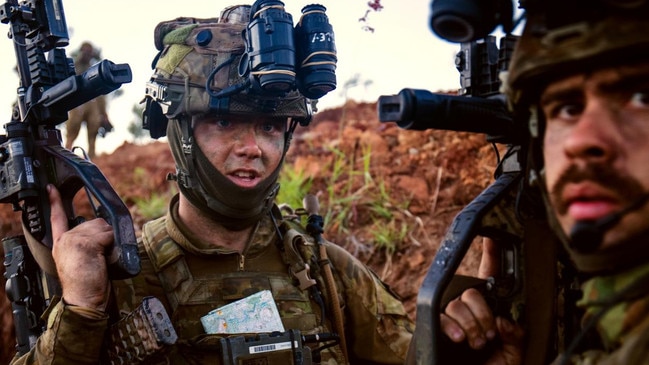
●Decision No.1, the army restructure involves, over several years, moving 500 soldiers from Adelaide to Townsville and 100 to Darwin and, in several years, when we finally acquire some HIMARS artillery systems, locating those in Adelaide. These movements are expensive and worthless. They will exacerbate the army’s chronic inability to retain its soldiers. Military families don’t like living in Darwin. Townsville’s a little better, but it’s still a small, isolated city.
The ADF is in personnel crisis. According to its evidence to parliament, in 2022-23 it was 5.6 per cent below its target strength and achieved 73 per cent of its enlistment target, while it loses 11 per cent of its people a year.
The government also made a big deal about missile defence being located in Adelaide, too. Of course we don’t have missile defence or HIMARS yet. We’re planning, within the next year or two, to begin manufacturing HIMARS rockets. That’s the entirety, so far, of the much ballyhoo-ed Guided Weapons and Explosive Ordnance initiative, which is four years old and has produced nothing. The DSR says GWEO is for “long-range strike and other guided weapons to hold an adversary at risk in Australia’s northern approaches”. But the HIMARS weapons we’ll manufacture and buy, called GMLRS, have a range of just 70km to 90km.
And they’re designed to strike fixed targets on land, not ships. Eventually we’ll move up to ATACMs, with a range of 300km, which still hit only land targets. We hope one day to get the PrSM, still in development, which will have a range of 500km and potentially will be able to hit ships.
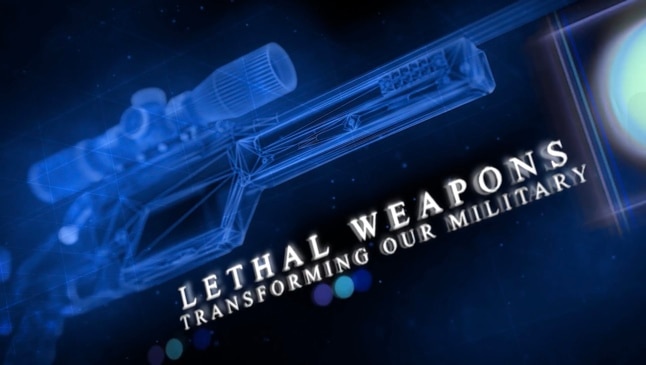
Even if, one day in many years, PrSM works and we get it, we can still only hit ships very close to our shore. Meanwhile, unless we’re fighting a land battle on our own territory or throughout the Southeast Asian archipelago, our HIMARS has no role in littoral defence.
The government has dishonestly sold this as “long fires”. It has three tricks in defence announcements. It announces the same thing a thousand times, always pretending it’s new; HIMARS has been on our shopping list since 2016. It announces capabilities at their full imaginary potential, rather than what they can do now. And it never comes clean about its prodigiously long acquisition timeframes.
Thus, because of absurd government briefing, the ABC’s PM program on Thursday, September 28, reported as straight news that the government had announced a “dramatic shake-up of the Australian Army … (which will make it) easier for the army to deploy in the Pacific where a future conflict against a country like China could be fought”. Say what?
It ran commentary that the army restructure was about deterring China. I’m not having a shot at the ABC, the fault is the government’s. The whole nation is now participating in make-believe, in a defence fantasy pantomime. A hundred lightly armed soldiers in Darwin “deters” China? This is public discourse so debased it’s a national security threat itself.
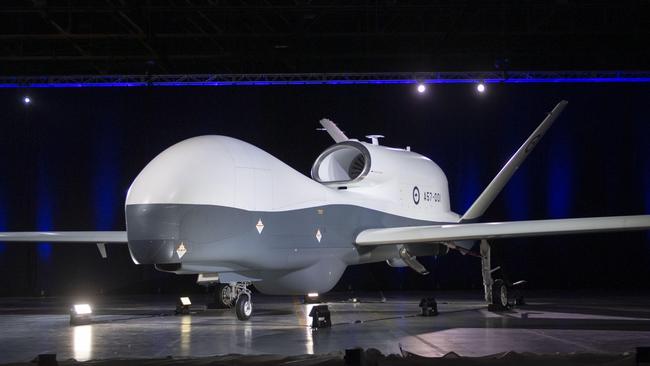
● Stupid Decision No.2: acquiring the Triton unmanned aerial surveillance drone. We’ve been in the Triton program for 25 years. We announced we’ll buy a fourth Triton, for $350m, though none of the first three has yet entered service. We’ll spend billions of dollars.
Once Triton was cutting-edge. But the Iranians have shown they can shoot down this type of UAV. So the Americans have cancelled the program, but not us.
Michael Shoebridge, of Strategic Analysis Australia, now Australia’s most important strategic website, wrote: “Triton is the poster child of how not to do autonomous, uncrewed systems. It perpetuates the military’s pursuit of the exquisite, the few and the complex. It’s too expensive to lose, too vulnerable to send anywhere dangerous (including in war) and, if one is lost, it takes a long time to build a replacement … but that won’t be possible because the US is about to end production. And it’s taken almost a quarter of a century for Australia to still not quite have any of these aircraft in operation.”
The US thinks Triton effectively obsolete, so it’s going to cut its order to 22 instead of the 77-odd originally planned. The DSR’s whole thrust is to avoid these wildly expensive, ultra-complex platforms we can neither run nor afford to deploy in battle. In drones and missiles we’re meant to go cheap and many, not ruinously expensive and few. But why would Defence do anything different from the past?
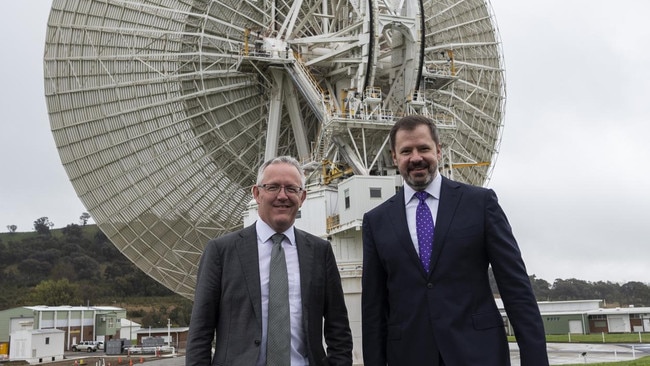
● Which brings us to disastrous Decision No.3. Industry Minister Ed Husic cancelled the $1.2bn program for Australia to build low Earth orbit satellites of its own (which are incidentally great for military surveillance). We get most of our military satellite data free from the US, weather data from the Japanese. Our own satellites could have been intensely useful to our military. Building and launching your own satellites is a basic entry price to space. Naturally, we abolished our only plan to do this.
Have Marles and Husic not been introduced to each other? The government talks all this meaningless falderol about the fabulous defence technology it’s going to develop under pillar two of AUKUS and then abolishes the most basic, central technology that it doesn’t otherwise have.
Space Industry Association of Australia chief executive James Brown tells Inquirer: “Major economies are increasing their investment in critical space infrastructure. Australia is cutting investment and has yet to publish a national space strategy.”
● Unbelievably stupid Decision No.4 is to acquire, at a cost of unknown billions of dollars, an all-singing, all-dancing, hi-tech Joint Air Battle Management System as part of an Integrated Air and Missile Defence capability. The government censored and cut the DSR, but it’s not even honouring the published DSR recommendations, in spirit or letter, in mad decisions like this.
The DSR said Defence was putting too much priority on developing this system, which of course doesn’t yet exist. The DSR said: “The program is not structured to deliver a minimum viable capability in the shortest period of time but is pursuing a long-term near perfect solution at an unaffordable cost.” In plain English: don’t waste our money, fellas, on this hi-tech fantasy. Instead of building the world’s best missile and air defence management system, how about you acquire some missiles and air defence first?
The government could have proceeded directly to buy Patriot missile defence systems. It’s like a man with a $20,000 income driven by vanity to spend $10,000 on a tax accountant. You need assets before you need high-priced asset management. The government has failed utterly to impose itself on Defence.
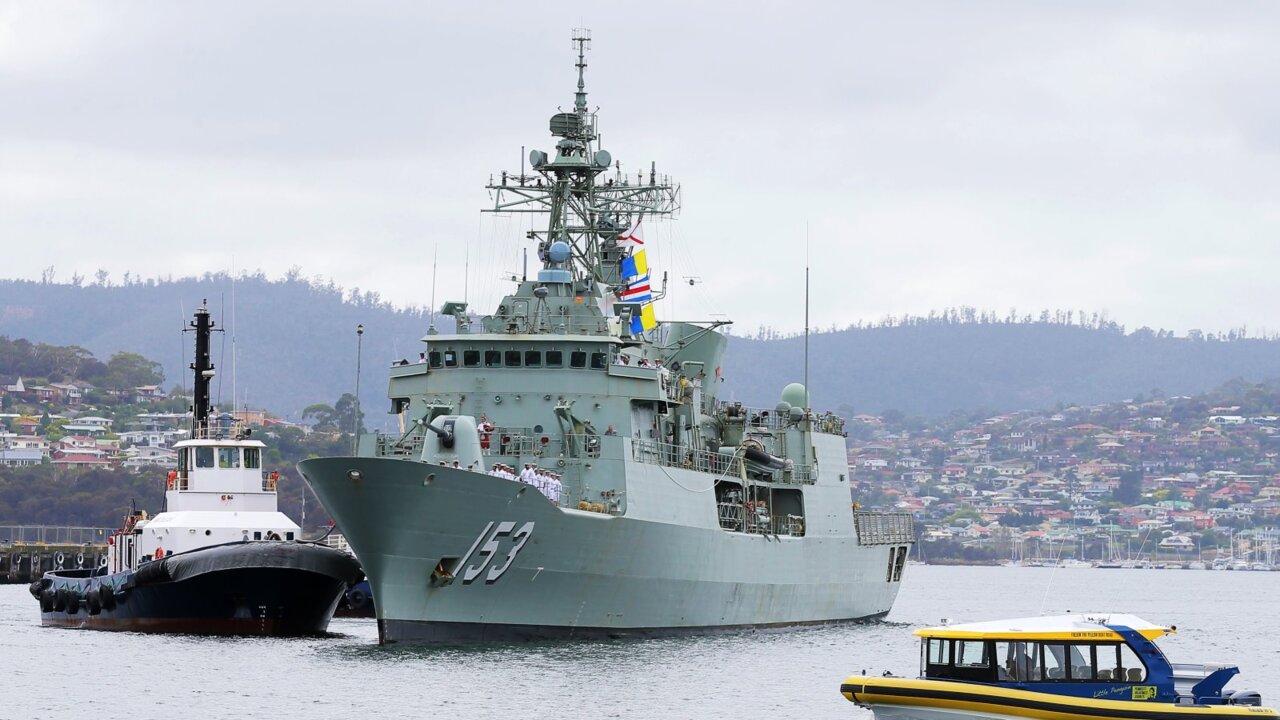
● Which brings us to the last, and worst, stupidity, Decision No.5: not to respond to the surface fleet review, which the government now has, until February or March next year. Our surface fleet is decrepit, consisting of aged, undergunned Anzac-class frigates and three medium-strength AWDs. The government commissioned the DSR, so it said at the time, to move more quickly than a full defence white paper would allow. What a joke. The DSR spawned eight separate new reviews: into the surface fleet, the investment program, the capability process, the reserves, Defence housing, the commercial technology accelerator, the Defence workforce and industry policy. Eight new reviews – there’s urgency for you.
The government needs to scrap the disastrous $45bn and counting Hunter-class frigate program and get some real warships. The Hunters are overweight and have only 32 vertical launch cells for missiles, completely inadequate in modern warships. It should also stop building unarmed offshore patrol vessels and substitute similarly sized combat corvettes.
But the government’s too cowardly to cancel the Hunters. We’ve all been writing for months it’s likely to cut the Hunters from nine to six. The latest gossip is that ships seven to nine will be powerful destroyers instead. Cue more government self-congratulation. But, but, but: we don’t get the first Hunter until 2032. At best, we’ll get No.6 in the early 2040s. So the new destroyers will come along, if we’re lucky, in the late 2040s.
When Albanese told Lowy he was sympathetic to building three new AWDs, he didn’t tell us this would take 25 years.

AUKUS and the nuclear subs are already in real trouble in Washington. Congress refuses a blanket exemption on defence technology export restrictions for AUKUS nations. It hasn’t even passed one-off exemptions, which we’ve got in the past.
The apolitical Congressional Research Service took a look at selling Virginia-class nuclear subs to Australia and was aghast. Australia might have an accident and discredit the whole program, it said. Worse, the US didn’t have enough and couldn’t produce any more. It takes seven years to build a Virginia. Any Virginia not yet in production won’t exist by 2030.
We’re supposed to buy three to five Virginias from the early 2030s. We rightly insist they be sovereign Australian boats. Washington is thus not guaranteed they’d join any fight in the Indo-Pacific.
The US is miles behind in building and maintaining Virginias. By 2033 it will have 44 nuclear subs when its aim was to have 66 by then. Why on earth would it take three to five of them out of its own order of battle for Australia?
Marcus Hellyer, also of Strategic Analysis Australia, tells Inquirer: “The optimal pathway to acquire nuclear-powered submarines was always a high-risk pathway. The US simply does not have enough nuclear submarines to give us a couple without drawing down their own numbers.”
Defence under Albanese and Marles is a staggering, ineffective mess. The government has imposed neither discipline nor coherence. There’s no sign of moving to “minimum viable capability in the shortest period of time”, no sign of urgency or priority, in the most dangerous strategic environment for 80 years. Opposition defence spokesman Andrew Hastie commented when the DSR was released: “There’s no new money, only cuts, cannibalisation and a lack of ambition.”
That’s true, but the Coalition’s record in government was as woeful as the Albanese government’s is today. There’s hardly a nation proceeding on defence more foolishly, with more folly, more self-congratulatory delusion, than Australia.
God help us if we ever have to cash the cheques we habitually write in the currency of fantasy.


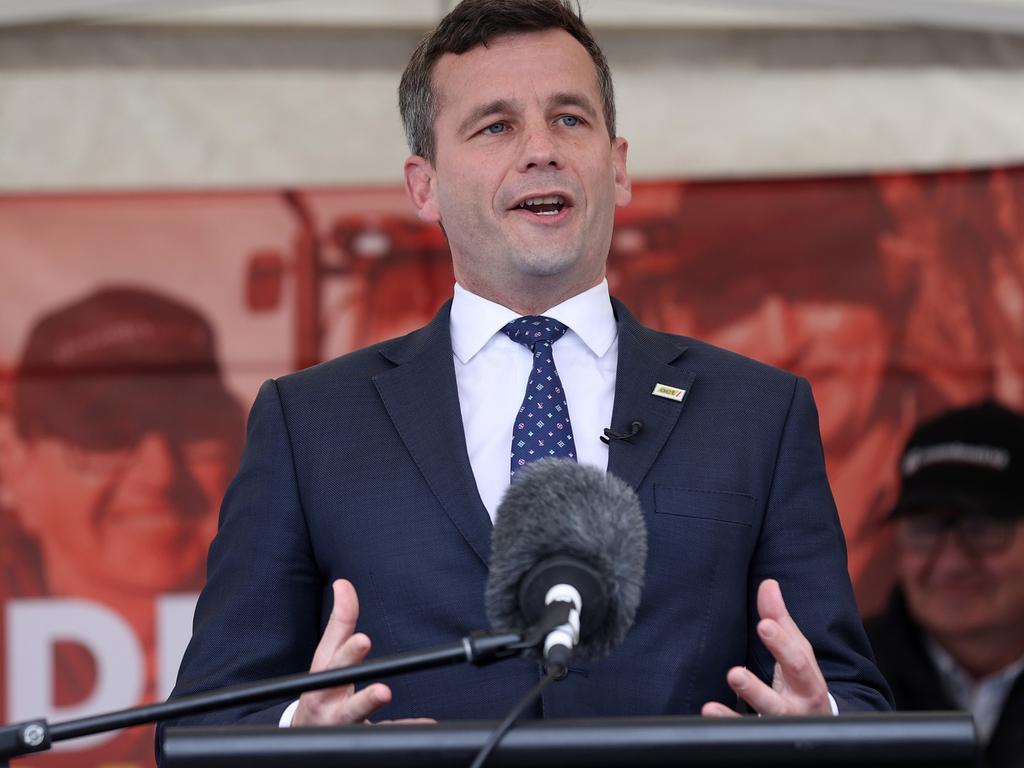
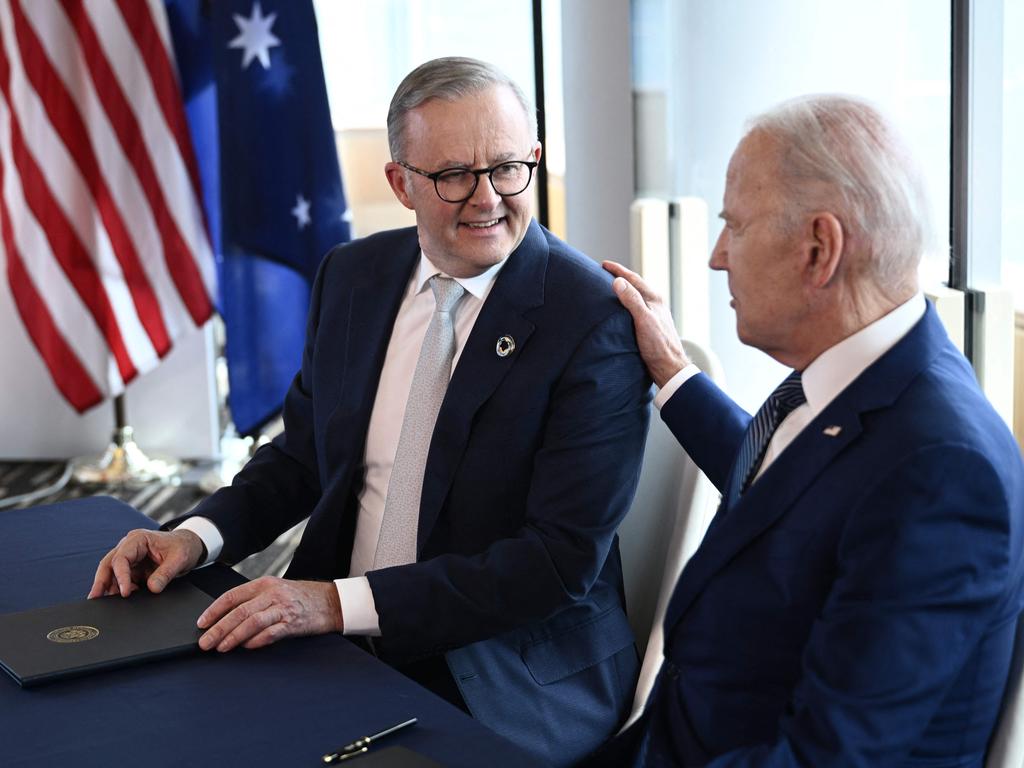

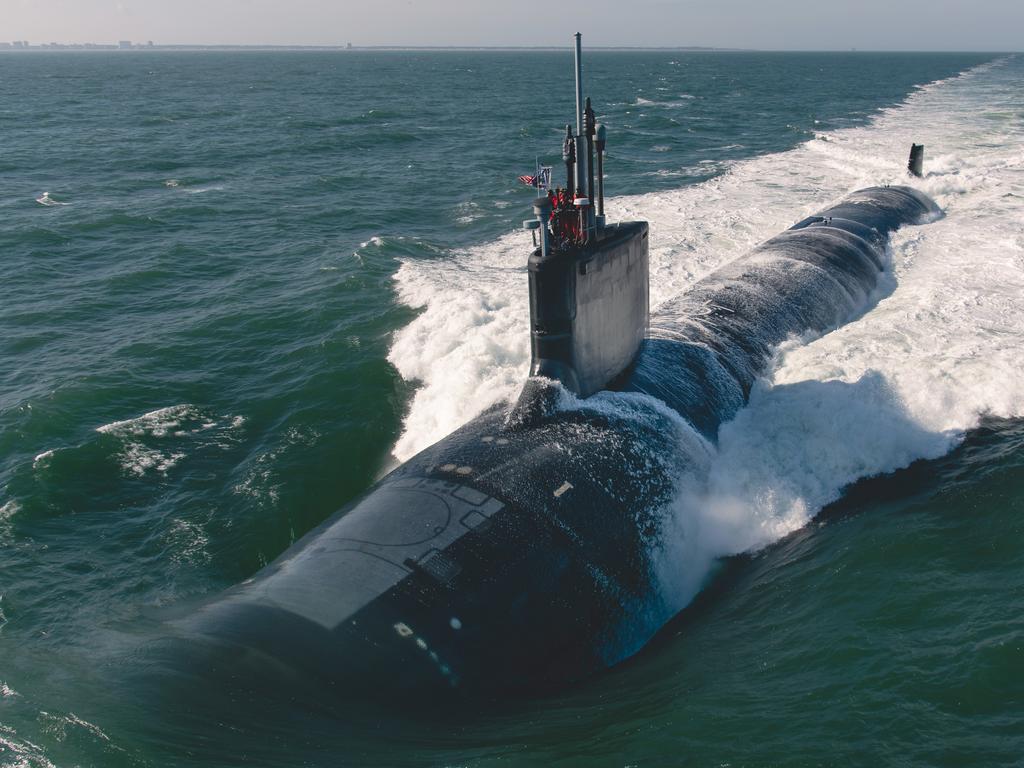


The gruesome Hamas attack on Israel shows that even the most alert nation can be shocked and gravely damaged by a surprise attack. Unlike Israel, Australia is not the least bit vigilant about national defence.